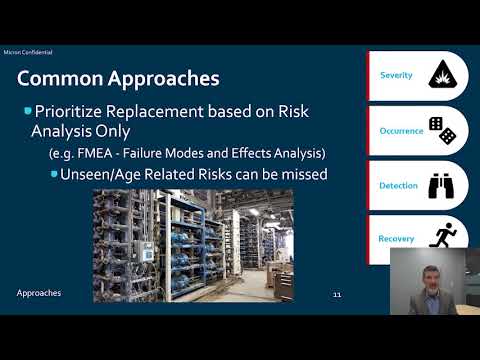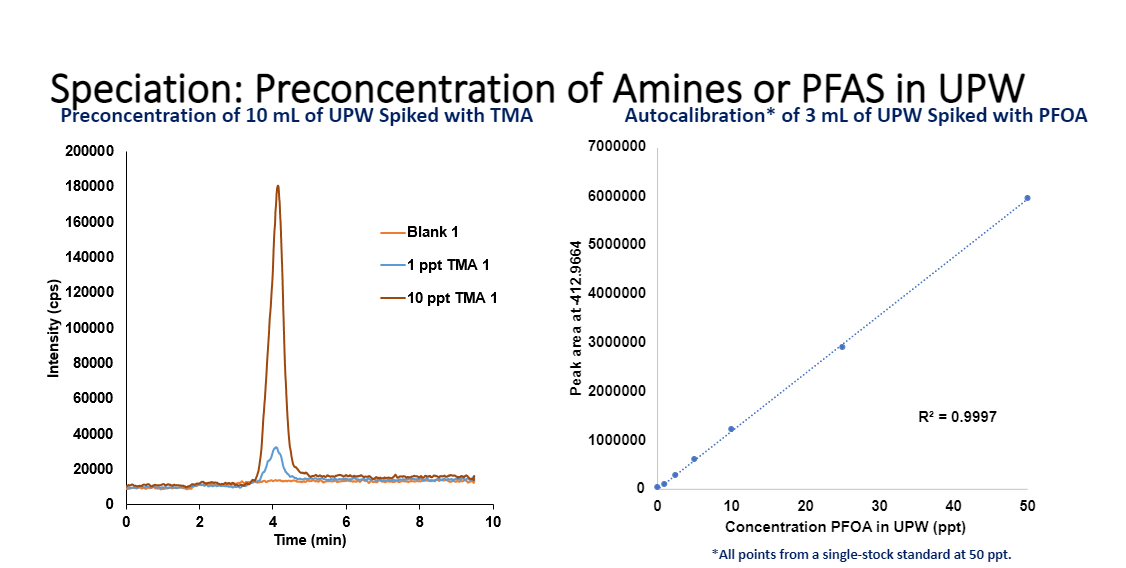Keynote Panel: Yield and Reliability- Enabling Advanced Semiconductor Yield
Date Published 2022 | Conference materials
Log in or Join UltraFacility to access this content
To access our resources you will need to be a member of UltraFacility, log in to your account or purchase a membership to view this content.
Already have an account? Log in
A discussion of how contamination and defectivity control might be done differently in the future, to enable advanced semiconductor yield.
Tags: YieldWafer DefectivityEnd-userOrganic Contamination
Related content
Conference material | 2018
Development of an Online Urea Monitor for Ultrapure Water Production in Semiconductor Fabrication Plants

Conference material | 2021
Risk centered asset management

Conference material | 2022
Establishing Correlations between UPW Quality and Particle Deposition on Silicon 300 mm Wafer

Conference material | 2022
Online Automated Determination of Organic Contaminants in Semiconductor Grade Chemicals
Back to results